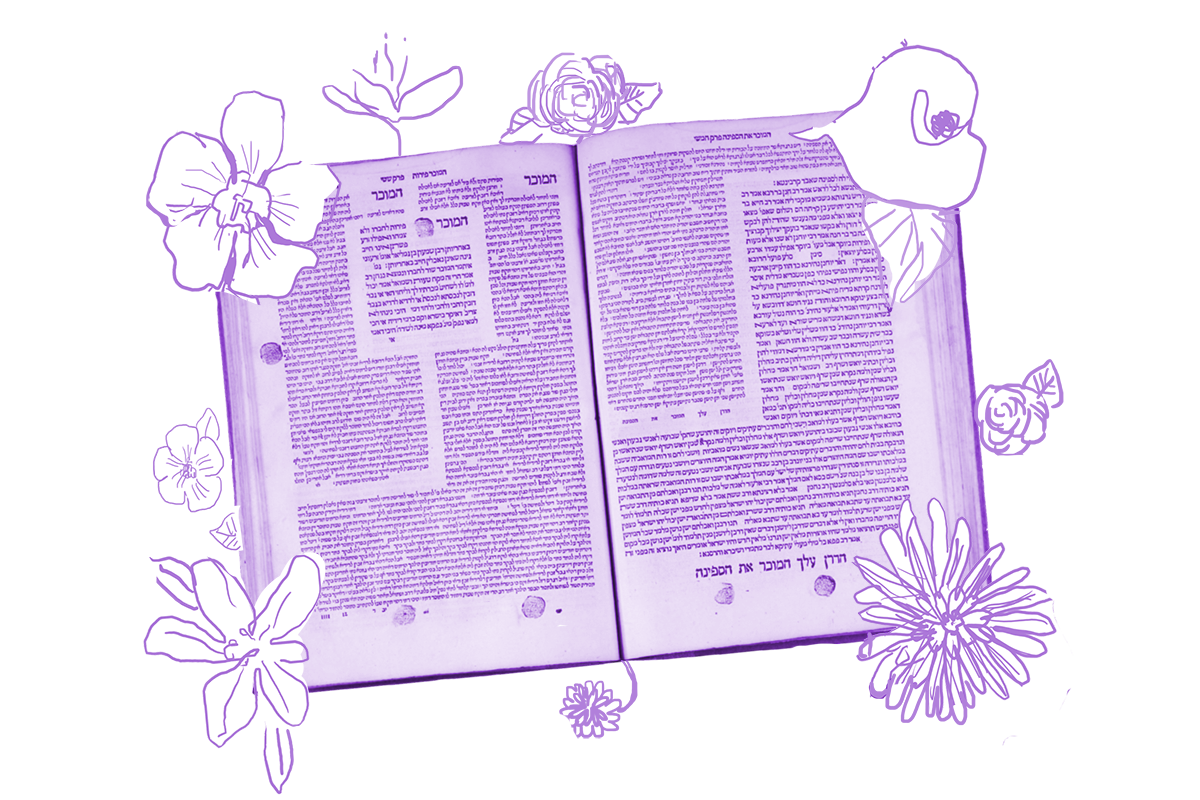You’re walking down a hallway and encounter a door with the following sign: “Private No Visitors Allowed.” Do you enter the room?
Well, it depends if you read the text this way: “Private! No Visitors Allowed.” Or this way: “Private? No! Visitors Allowed.”
If you’re familiar with signs, you probably read it the first way. If you’re familiar with Talmud, you might think hard about the validity of the second, even if you choose to go with the first in the end.
Like our sign, the Mishnah originally lacked punctuation and vowels, and is thus open to a range of possible readings. And while the grammatical marks that appear in modern printed editions can often represent the consensus about how the text is meant to be read, they are a form of interpretation in their own right.
With your help, My Jewish Learning can provide endless opportunities for learning, connection and discovery.
How so? Let’s take a look at an example from today’s daf, where a mishnah teaches:
One may not prop a pot (that does not stand straight) with a piece of wood (in order to prevent it from falling).
The mishnah rules out using a piece of wood to prop up a pot on a festival. Wood, as we have seen, is muktzeh, since it is used for activities prohibited on Shabbat and festivals, and therefore cannot be used to prop up a pot — or moved at all.
The mishnah continues:
And similarly, with a door.
Now we face an interpretive dilemma. Should we read that line as “similarly, we do not use a door to prop up a pot”? Or should it read “similarly, we do not use wood to prop open a door”?
By using the preposition “with” (the letter bet in Hebrew) twice, the mishnah sets up “wood” to be parallel with “door,” supporting the first reading. But is it possible to prop a pot by means of a door? It wouldn’t seem so.
The Gemara shares this objection. Given that talmudic-era pots were mainly pottery, they could easily be broken by a door. Instead, the Gemara suggests replacing the preposition “with” with the article “the” (the letter heh). Doing so renders the text in the second manner described above, as barring using wood to prop open a door too.
As support for this change, the Gemara cites a beraita (early teaching) that uses similar language:
The sages taught: One may not prop a pot with a piece of wood, and similarly a door, as wood is to be used only for kindling. With regard to any use other than kindling, wood is considered muktzeh. And Rabbi Shimon, who does not accept the prohibition of muktzeh, permits it.
In the beraita, not only does the language point to the second explanation, but so does the context, which makes clear that we are talking about the permissibility of using wood for non-kindling purposes, like propping up pots or doors.
While ultimately the Gemara concludes that this reading of the mishnah is the correct one, Rashi says the language of the mishnah actually means that we should not prop up a pot with a door, though he notes that the Gemara will object to this understanding. In contrast, most commentators explain the mishnah to say what the Gemara eventually says it means — not what it seems to be saying in its original form.
So what did the mishnah originally mean to say? It’s an interesting question, but not necessarily the most relevant one for Talmud study, which is more concerned with how the mishnah was interpreted over the centuries.
Read all of Beitzah 33 on Sefaria.
This piece originally appeared in a My Jewish Learning Daf Yomi email newsletter sent on October 3rd, 2021. If you are interested in receiving the newsletter, sign up here.



